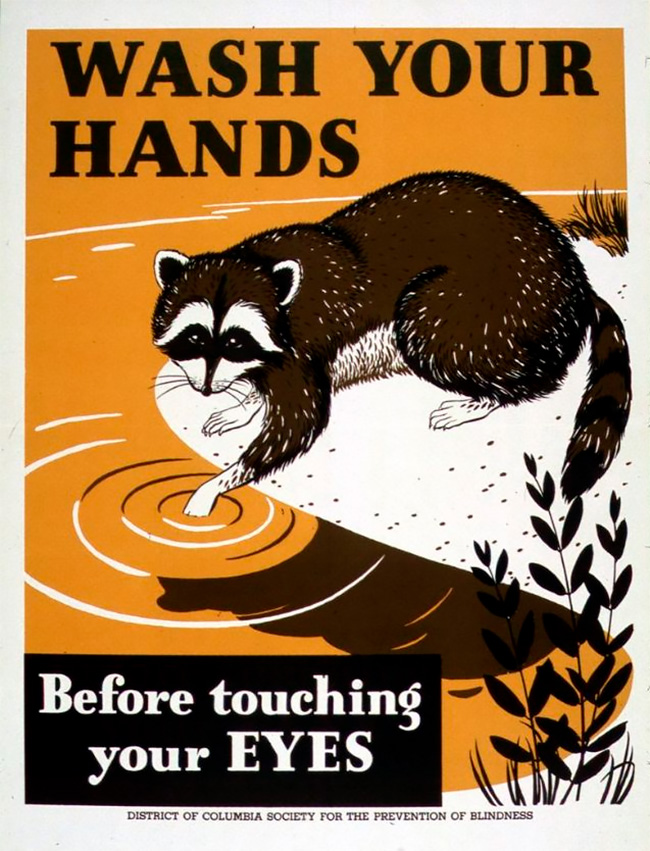







Introduction
Even if the risk of getting so sick from the novel coronavirus/COVID-19 as to need medical treatment is low for the vast majority of people, every person can carry the virus and transmit it to another person, and this easy transmission places many unvaccinated people at risk for illness, long-term disability and death. That's why most places instituted physical distancing and masking requirements: maybe you yourself don't need all the protections, but other people do.
Even with the vaccines, because of low vaccination rates and so many immunocompromised people, many traditional volunteering activities have had to continue to be suspended.
So, if you want to volunteer - or if you need to volunteer for a graduation requirement, a court-order, or to learn a skill you need for your career plans - it's more difficult now, no question. But you do have options for volunteering.
Online options
There are so, so many options for virtual volunteering. I won't repeat what's already on my page of guidance on how to find virtual volunteering roles and tasks.
In addition to this huge list of virtual volunteering opportunities, there is also this very long list of ideas for high-impact virtual volunteering. But note that, with that list of ideas for high-impact virtual volunteering, those are IDEAS, not lists of places to apply to be a part of existing initiatives. The idea behind the list of ideas for high-impact virtual volunteering is that it's something for a nonprofit, NGO, school, government program or other existing program to set up, host, sponsor, etc. Could an individual volunteer launch a high-impact virtual volunteering project? Sure! But I suggest you look at the recommended planning steps in this list of leadership volunteering ideas and use those recommendations for creating a high-impact virtual volunteering endeavor.
Onsite options
Even during the height of the pandemic, there were still organizations involving onsite volunteers, like food banks, those organizing blood donation events and Meals on Wheels. As hospitalization rates go down, more and more onsite volunteering options get restored - but please respect virus safety requirements, and respect those who choose to continue to wear masks and want to physically distance.
In the USA and Canada, and many other countries, the easiest place to find these onsite volunteering opportunities is on volunteer matching web sites. Many of these web sites have curated volunteering opportunities related to the pandemic.
Volunteering outdoors is the safest in the tine of an easily transmittable pandemic. That's why many food banks moved their food distribution outdoors, entirely or in part, with people driving up for food boxes and many Meals on Wheels chapters are allowing volunteers to drop off meals on door steps our outside front doors, texting the client or knocking on the door to let them know the food is there. Farmer's markets and gleaning programs have resumed, as have efforts to clean up outdoor spaces or clean up habitat for wildlife.
Onsite volunteer guides in many places have resumed their service for newly re-opened outdoor spaces (heritage garden, zoos, etc.), and many have the additional tasks of helping people social distance and to follow new one-way routes, to limit humans interacting.
Other organizations that bring volunteers onsite indoors are also starting to resume onsite volunteer engagement, including blood donation organizations (for screeners, event assistants, not just donors) and Court-ordered Special Advocates (CASA).
You can look through these tips for finding volunteering roles, these tips for volunteering with seniors, these tips for medical volunteering, and all my tip volunteerism sheets to find far, far more places to volunteer onsite, and be prepared to follow their rules for volunteers, which may change as the pandemic ebbs and flows.
Staying safe & protecting others must be your PRIORITY
Consider the level of risk you are willing to take in order to get to a volunteering site. Think about how you will get to and from an onsite volunteering assignment. Driving alone in your car is probably the safest way in terms of avoiding COVID-19. Riding with another person increases your risk of exposure to the virus. Walking is low risk unless you will be walking behind or by other people, especially if they are not wearing masks. Riding a bicycle is also low risk but the risk increases if you will be riding behind other bicyclists or joggers, especially if they are not wearing a mask. Mass transit puts you very close to other people and it's virtually impossible to socially distance and completely avoid places other people touch.
Also, you may be asked by the volunteer host organization how you will get to and from the work site and they may feel that regularly taking mass transit puts you at risk of transmitting the virus to their clientele - be honest in your answers and be respectful of the decision they may make regarding your participation.
Do not volunteer with an organization that does not emphasize safety and have clearly-stated safety measures. Their safety measures should be in writing and at least mentioned on their web site, and you should see a commitment to these measures immediately when you start volunteering.
Here is an example of clearly-stated safety measures for volunteers regarding COVID-19:
During the height of the pandemic, these were some of the general guidelines for volunteers engaging in onsite service from various organizations (but please note this disclaimer):
All but those last three bullets have pretty much been done away with in areas where COVID-19 hospitalizations are falling. But those last three bullets are still very important and will continue to be important if you want to volunteer.
Some other guidelines you should follow:
Also see
Detailed information on for teens that want or need to find community service or volunteering tasks.
You are NOT too young to volunteer! Ways you can volunteer, no matter how young you are.
Advice for family volunteering - volunteering by families with children and, related, advice for teaching children compassion & understanding instead of pity with regard to poverty.
How to find volunteering opportunities, a resource for adults who want to volunteer.
Advice for volunteering as a group / volunteering in a group.
Group volunteering for atheist and secular volunteers - how to find welcoming opportunities for groups of volunteers that are not religious-based.
How to find or create volunteering opportunities to help seniors / elders / the elderly.
Advice for finding volunteer activities during the holidays (spoiler alert: start looking in as early as August - not even kidding).
Online Volunteering / Virtual Volunteering: finding volunteering tasks you can do from wherever you are in the world. Also called remote volunteering, crowdsourcing for good, microvolunteering, digital volunteering, etc. This is the most comprehensive advice and list you will find regarding this type of volunteering.
Home-Based (in your own home) Volunteering Where Your Service is NOT via a Computer or the Internet (at least not to actually DO the volunteering service, but you may need to report your work online).
How to quickly fulfill a community service obligation from a court or for a school graduation requirement.
Volunteering to help after major disasters - if you have ever wanted to help people affected by a sudden event like an earthquake, flood, tornado, hurricane, fire or human-caused event, this resource details what you need to do NOW.
Volunteering to address your own mental health - This resource is designed to help you have realistic expectations for volunteering to address your loneliness, depression, anxiety, etc., and to avoid an experience that will make you feel worse instead of better.
Volunteering with organizations that help animals and wildlife. There are opportunities much closer to you than you might think.
Volunteering on public lands in the USA (national parks, national forests, national monuments, federally-managed historic sites, Bureau of Land Management land, state parks, wetlands, etc.)
Using your business skills for good - volunteering your business management skills, to help people start, expand or improve small businesses / micro enterprises, to help people building businesses in high-poverty areas, and to help people entering or re-entering the work force.
Volunteering in pursuit of a medical, veterinary or social work degree / career - volunteering that will help build your skills and give you experience applying skills to work in these fields.
Ideas for Leadership
Volunteering Activities
These are more than just do-it-yourself volunteering - these are
ideas to create or lead a sustainable, lasting benefit to a
community, recruiting others to help and to have a leadership
role as a volunteer. These can also be activities for a Capstone
project, the Girl Scouts Gold Award, the Duke of Edinburgh's
Award (U.K.), a mitzvah project, or even scholarship
consideration.
How to complain about your volunteering experience.
 Home page for those that want to help
Home page for those that want to help Home page for this entire web site,
coyotebroad.com / coyotecommunications.com
Home page for this entire web site,
coyotebroad.com / coyotecommunications.com my
consulting services & my
workshops & presentations
my
consulting services & my
workshops & presentations my
credentials & expertise
my
credentials & expertise My
research projects
My
research projects My book: The Last Virtual
Volunteering Guidebook
My book: The Last Virtual
Volunteering Guidebook contact
me or see
my schedule
contact
me or see
my schedule Jayne's
My
Thrift Book Wish list (gently used books - I prefer this
to Amazon) & my
Amazon Wishlist
Jayne's
My
Thrift Book Wish list (gently used books - I prefer this
to Amazon) & my
Amazon Wishlist
See my web site's privacy policy.
Credits & Copyright
© 2010-2024 by Jayne
Cravens, all rights reserved. No part of this material
can be reproduced in print or in electronic form without
express written permission by Jayne Cravens.
Please contact me for permission to reprint, present or distribute these materials.